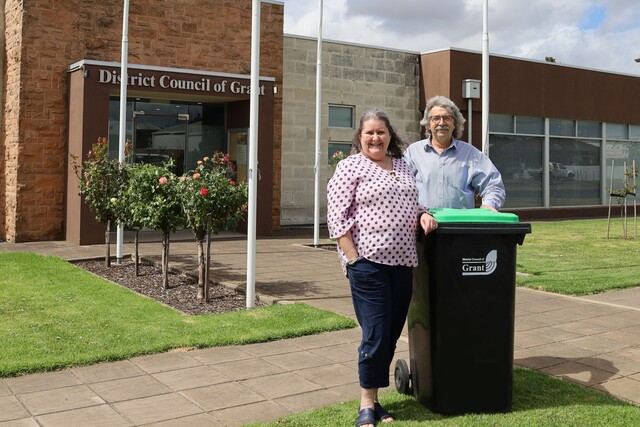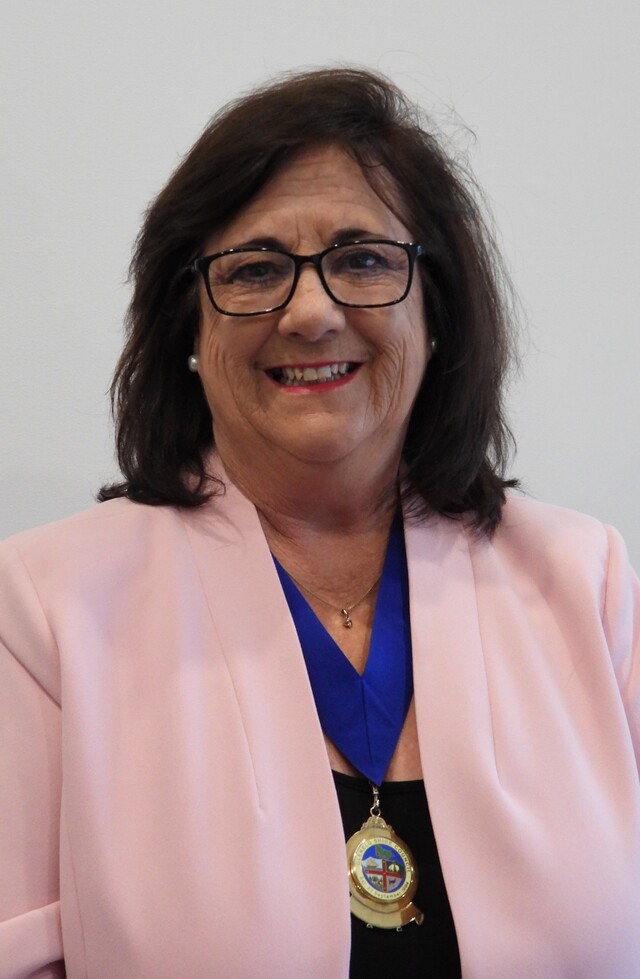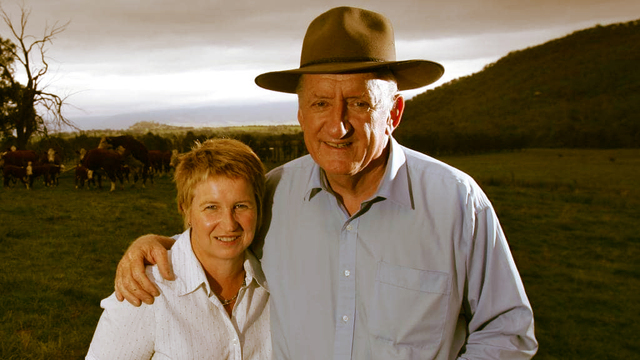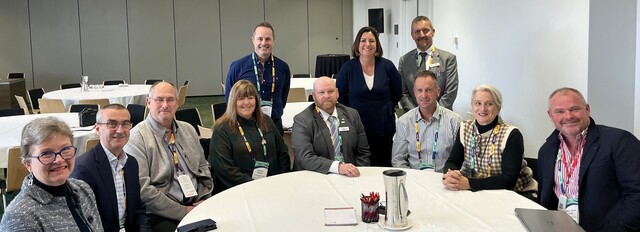“Keeping ahead of our growing population with the supply of water and wastewater services is a major exercise,” said John Truman, Group Manager Civil Services. “Covering both water supply and waste water management, our Urban Water Strategy is one of just two integrated strategies in New South Wales.”
This approach is consistent with changing community views that water is a vital resource. As such, under Council’s strategy the water cycle is treated as a complete unit, integrating water acquisition with wastewater and stormwater management, including conservation and reuse.
In the early 1990s, the Shire operated four treatment plants and one ocean outfall. In 1993, Stage 1 of a rationalisation commenced to decommission the Ballina Treatment Plant so all effluent and wastewater from Ballina would go to the Lennox Head plant and its ocean outfall.
Changing community views resulted in Stage 2 of this process not being commenced. Residents wanted to decrease reliance on the ocean outfall and look for alternatives including wastewater reuse. As a result, Council undertook an extensive community consultation process to develop a new strategy.
“This has extended the boundaries of technical best practice and community involvement producing a range of outcomes supported by residents,” John Truman said.
Under the integrated strategy, even with population growth, there will be no increase in the amount of discharge via the ocean outfall. To cater for increasing wastewater, dry weather flows will be diverted to wetlands. Some 300 hectares of wetlands will be created together with a wildlife sanctuary and community education centre.
Council spent $1.2 million on this extensive community consultation process over a two year period. It established a Community Project Reference Group to assist in identifying community issues and opportunities for improvements, as well as evaluate the options. Some 20 scientific and technical studies were also undertaken in drawing up the options.
A regular newsletter, called Water Talk, kept people fully informed and stimulated widespread debate on the various options. Considerable public interest in the process led to more than 6,000 responses to the draft strategy. Community consultation identified effluent management as a key issue. People wanted dual reticulation to be included in all new residential developments for the reuse of wastewater in gardens.
There was also strong support for alternatives such as the use of wetlands rather than any increase in estuarine or marine discharge.
This community based process has been very successful due to its transparency and flexibility, providing a range of choices for people to make informed decisions. A total budget of $48million has been set aside to implement the strategy over the next seven years.







